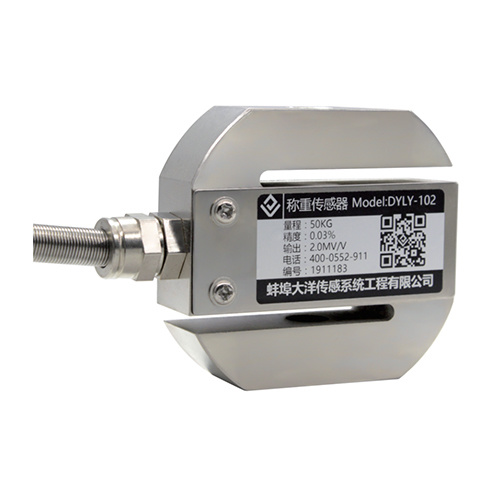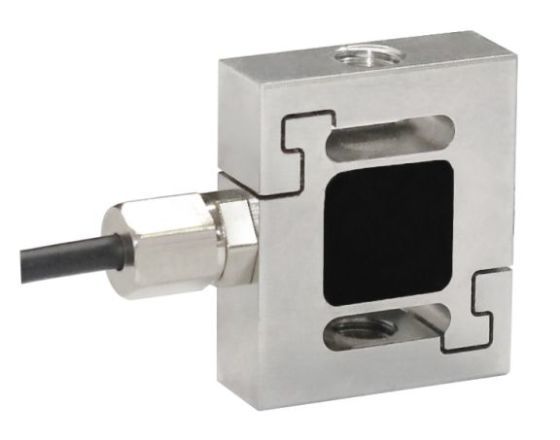Introduction
Load cells are designed to provide precise, repeatable force or weight measurements. However, several factors can influence their accuracy—sometimes significantly.
Understanding these factors allows engineers and technicians to make better design, installation, and maintenance decisions, ensuring that the system delivers consistent and reliable data.
Here are the top 5 critical factors that can affect load cell accuracy—and what you can do about them.

1. Mechanical Installation Quality
Issue:
Poor installation introduces side loads, angular misalignment, or uneven mounting surfaces—all of which distort the load path and create errors.
Impact:
False readings
Reduced repeatability
Long-term mechanical fatigue
Prevention Tips:
Always mount load cells on flat, rigid, and level surfaces
Apply forces strictly along the designed load axis
Use precision mounting kits with lift-off and anti-rotation features

2. Environmental Conditions
Issue:
External factors like temperature, humidity, vibration, and electromagnetic interference (EMI) can introduce signal drift or noise.
Impact:
Temperature shifts cause material expansion/contraction
Moisture can degrade insulation resistance and corrode elements
Vibration causes unstable readings
Prevention Tips:
Choose temperature-compensated load cells for outdoor or industrial use
Protect wiring with shielded cables and proper grounding
Use IP67/IP68-rated sensors for wet or dusty environments
Isolate the sensor from vibration if possible
3. Electrical Signal Conditioning
Issue:
The raw output of a load cell (typically in mV/V) is extremely low and highly sensitive to noise or signal loss without proper amplification.
Impact:
Loss of resolution and dynamic range
Increased noise floor
Inconsistent calibration results
Prevention Tips:
Use high-quality amplifiers matched to the sensor
Keep excitation voltage stable
Minimize cable length or use current-loop (4–20 mA) transmission for longer distances

4. Load Cell Creep and Hysteresis
Issue:
Creep is the gradual change in output when a constant load is applied over time. Hysteresis is the difference in output when approaching a load from increasing vs decreasing directions.
Impact:
Delayed or inconsistent readings
Errors during batching, dosing, or long-term weighing
Prevention Tips:
Allow time for mechanical stabilization before taking readings
Choose load cells with low creep and hysteresis specifications (e.g., ≤ ±0.02% F.S.)
Perform regular zero checks before operation
5. Calibration and Long-Term Drift
Issue:
Even the best load cells drift over time due to mechanical fatigue, electronic aging, or environmental exposure.
Impact:
Gradual measurement offset
Reduced system accuracy and compliance
Prevention Tips:
Calibrate load cells at least annually or after major incidents
Maintain a calibration record and monitor for trends
Replace aging sensors if they show significant zero shift or non-linearity
Summary Table
| Factor | Main Risk | Prevention Action |
|---|---|---|
| Mechanical Installation | Side load errors | Precision mounting and force alignment |
| Environmental Conditions | Temperature and moisture drift | Use protected, compensated sensors |
| Electrical Signal Issues | Noise, weak signals | Use good amplifiers and cable management |
| Creep and Hysteresis | Time-based drift | Allow stabilization time; pick low-creep models |
| Calibration and Drift | Long-term accuracy loss | Scheduled recalibration |

Conclusion
Load cell accuracy is influenced by a combination of mechanical, environmental, and electrical factors.
By proactively addressing these areas, you can ensure that your force or weight measurement system stays reliable, compliant, and highly accurate over its full service life.
Accuracy is not just a function of the load cell itself—it’s the result of a complete system approach.
